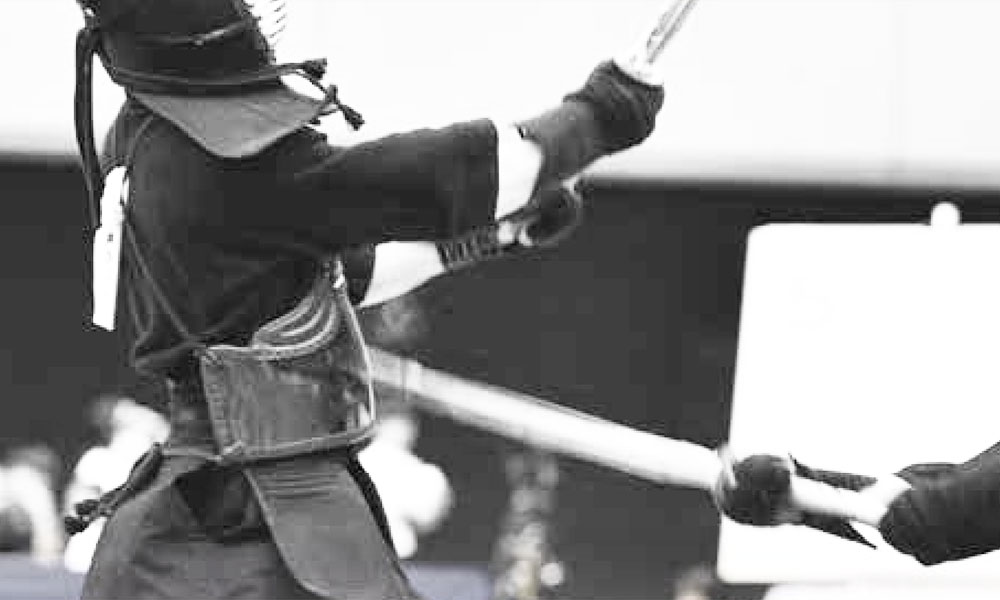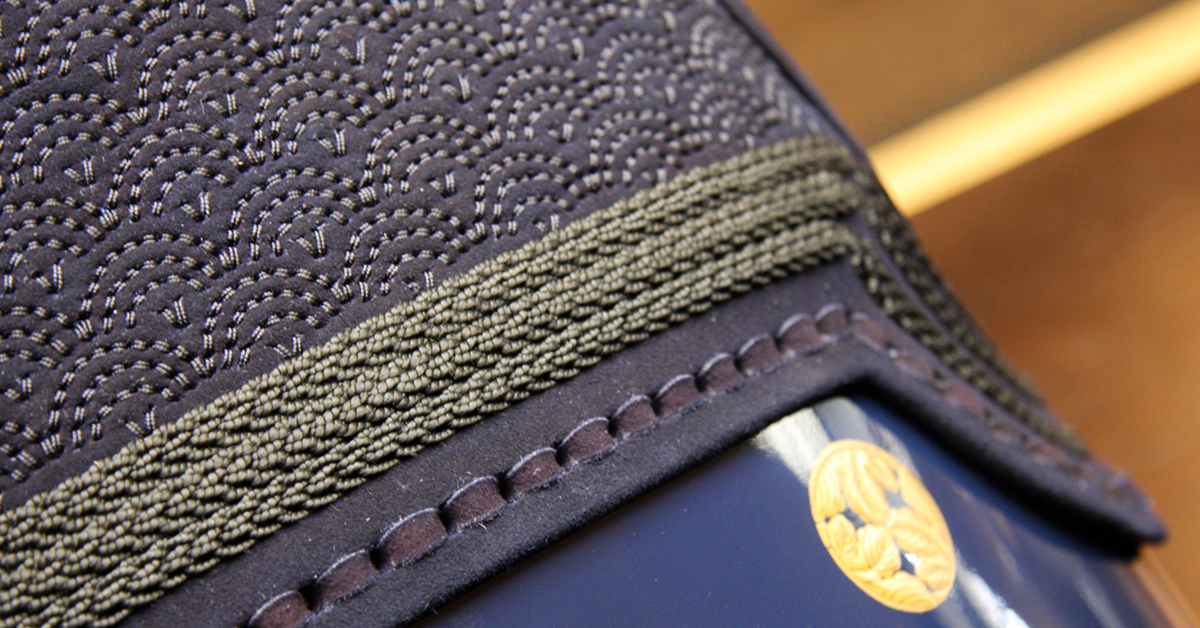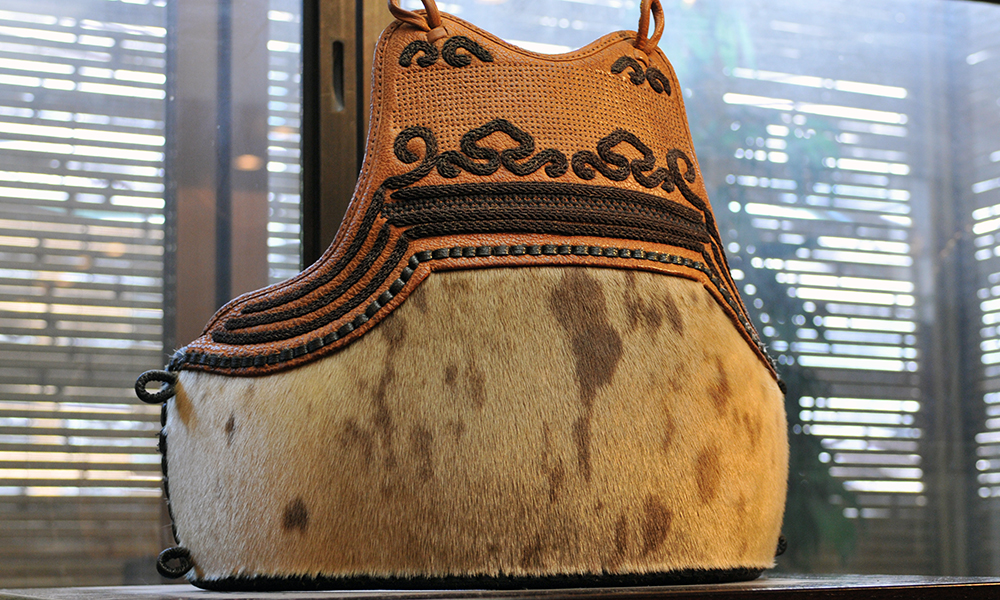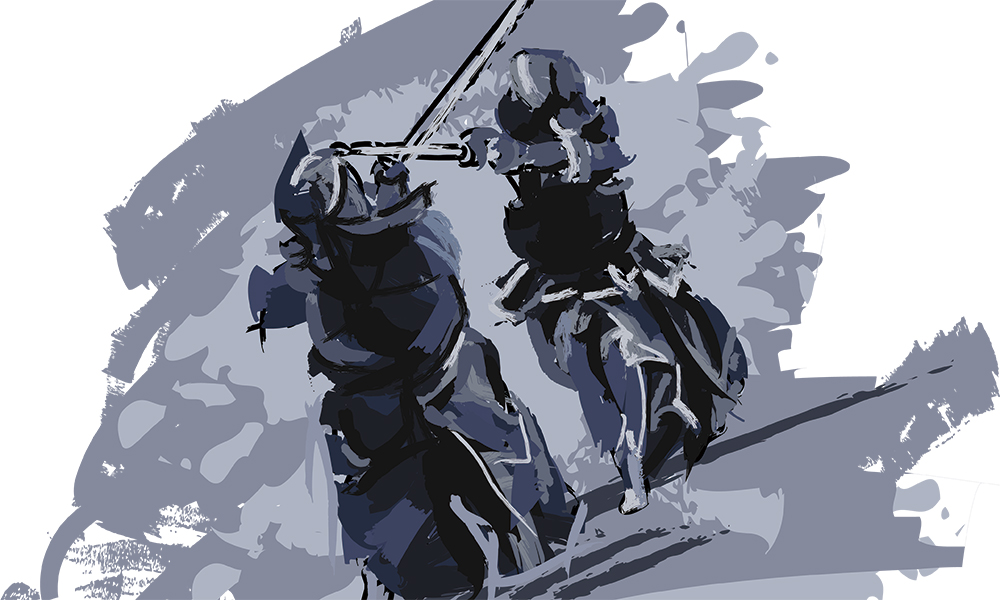Why is Hidari-do Called Gyaku-do? Vol.2
So that it could be employed in the regular curriculum under these conditions, a kind of ‘Bujutsu Calisthenics’ was developed. The responsibility for the instruction for these fell to Ozawa Unosuke. Ozawa would publish the ‘Bujutsu Calisthenic Method’ in the 30th year of Meiji (1897). By taking the then regular Read More








